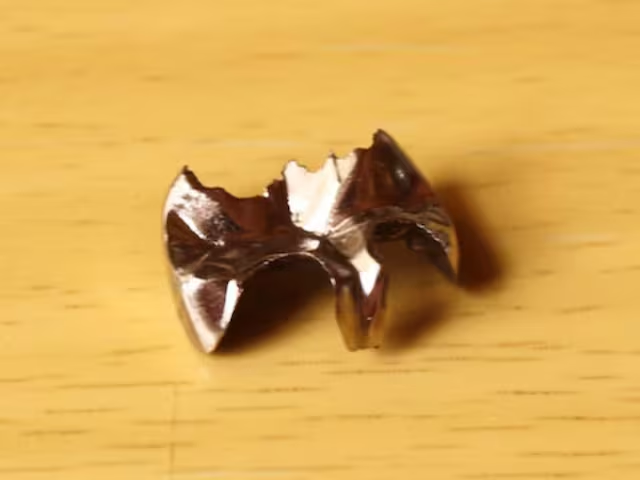A Look At The Solar System’s Most Valuable Asteroids
The stony relics of the early solar system, known as asteroids or minor planets, were formed around 4.6 billion years ago. With a current count of 1,308,871, these objects make up the main asteroid belt, which is located in the large void between Mars and Jupiter. Their combined mass is far less than that of the Moon. They range in size from massive worlds like Vesta, which has a diameter of 329 miles (530 kilometers), to tiny bodies that are less than 33 feet (10 meters). Aside from their inherent scientific value, asteroids have enormous, mostly unrealized commercial potential. Situated in the asteroid belt between Mars and Jupiter, there is a vast reservoir of materials that are just waiting to be mined, with the potential for enormous financial rewards.

Based on their mineral and element composition, Statista’s research determines which asteroids are the most valuable.
Davida
The most valuable asteroid in terms of economics is Davida, which has an estimated resource value of around 27 quintillion USD. Davida is a 326-kilometer-diameter carbonaceous chondrite asteroid that is rich in water, nitrogen, ammonia, hydrogen, nickel, iron, and cobalt.
Diotima
Diotima is ranked second on the list with an estimated worth of $7.09 quintillion. Throughout its orbit, this massive asteroid passes through the main asteroid belt without endangering Earth. Diotima’s rotating dynamics, which complete a cycle every 4.78 hours and have a diameter of 175.9 kilometers, provide light on its composition, which is most likely made up of water, iron, nickel, cobalt, nitrogen, and ammonia.
Gracias
At $5.73 quintillion, Alauda is claiming the third spot. With a diameter of 191.0 kilometers, Alauda is bigger than 99 percent of asteroids and is positioned between Mars and Jupiter, around the size of the state of Maryland in the United States. Its rotational characteristics, which include one revolution every 16.71 hours, suggest that iron, hydrogen, nitrogen, and ammonia might be possible resources.
Palmetto
Palma comes very close behind, taking fourth place with an estimated worth of $5.21 quintillion. With its radius of 173.6 kilometers and rotating period of 8.57 hours, Palma, an asteroid orbiting inside the belt, is thought to be composed mostly of iron, hydrogen, nitrogen, and ammonia.
Lachesis
Lachesis, with an estimated worth of $4.11 quintillion, holds the fifth position. This large asteroid, circling between Mars and Jupiter, is about the size of the state of Vermont in the United States and rotates every 46.55 hours. Its value is increased by its spectrum type, which shows possible concentrations of water, iron, nickel, cobalt, nitrogen, and ammonia.
Winchester
With an estimated value of $3.94 quintillion, the asteroid Winchester holds the sixth place on the list. With a diameter of about 171.7 kilometers, Winchester is larger than 99 percent of all asteroids and is located in the main asteroid belt between Mars and Jupiter. One revolution on its axis is completed every 9.41 hours, according to its rotational dynamics. Water, iron, nickel, cobalt, nitrogen, and ammonia are among the possible resources indicated by the spectral types PC (Tholen) / C (ASCII).
Stereotyping
Stereoskopia is a huge asteroid that is located in the extreme parts of the main asteroid belt between Mars and Jupiter. It is estimated to be worth $3.70 quintillion, placing it at seventh place. Stereoskopia has a diameter of around 167.4 kilometers, and it rotates once every 12.10 hours on its axis. Its spectral type C (Tholen) / None (SMASSII) suggests that ammonia, water, iron, nickel, cobalt, and nitrogen are probable components of its makeup.
Chiron
With an estimated worth of $3.56 quintillion, Chiron is ranked eighth and orbits differently from the other planets, falling between Jupiter and Neptune. Because of its orbit, which keeps it far from Earth, NASA JPL does not consider Chiron to be potentially dangerous despite its unusual position. With a diameter of around 166.0 kilometers, Chiron is bigger than 99 percent of asteroids and approximately the size of the state of Massachusetts in the United States. Chiron’s spectral type B (Tholen) / Cb (SMASSII), which completes a spin on its axis every 5.92 hours, indicates possible resources such as water, iron, nickel, cobalt, nitrogen, and ammonia.







